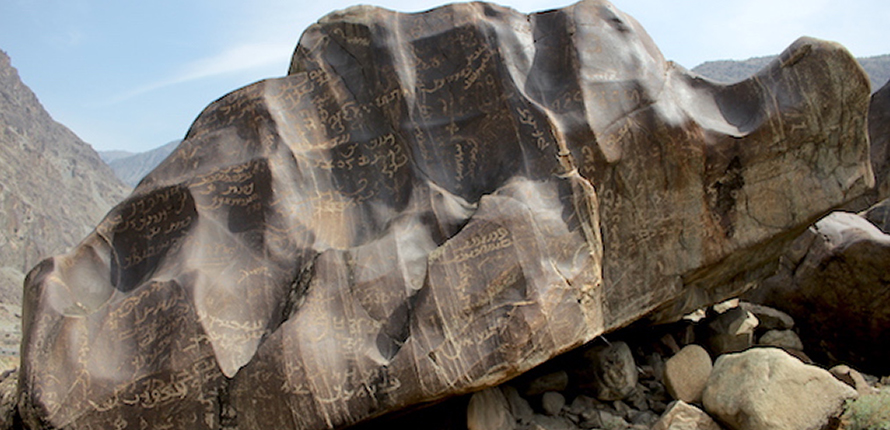We use cookies on this site to enhance your experience.
By selecting “Accept” and continuing to use this website, you consent to the use of cookies.
Search for academic programs, residence, tours and events and more.

Irreplaceable concentrations of rock art and inscriptions along the Upper Indus River in northern Pakistan are vital records of regional and world cultural heritage created by visitors and local residents from prehistoric times to the present. Upper Indus petroglyphs and inscriptions reflect remarkably diverse visual symbolism, languages, and writing systems, which testify to cross-cultural exchanges, religious transmission, and intertwined networks for migration and trade in the high mountain environment where the Western Himalayas, Karakoram and Hindu Kush ranges converge.
Canadian, Pakistani and international collaborators aim to:
Development of an interdisciplinary partnership is necessary to:
These partnerships include archaeologists, information technology specialists, art historians, epigraphists, philologists, and academic and non-academic partner institutions, including the Royal Ontario Museum (ROM) and archaeology, museum, and tourism departments of Khyber-Pakhtunkhwa and Gilgit-Baltistan provinces in Pakistan.
The results of this partnership will include access to the extensive corpus of Upper Indus petroglyphs and inscriptions for both the scholarly community and the general public, digitalization of valuable but underutilized research archives, and strategies for preservation of these threatened visual and written records.
The Upper Indus Petroglyphs and Inscriptions in Northern Pakistan is funded by the Social Sciences and Humanities Research Council of Canada (SSHRC).
![]()
Contact Us:
Jason Neelis